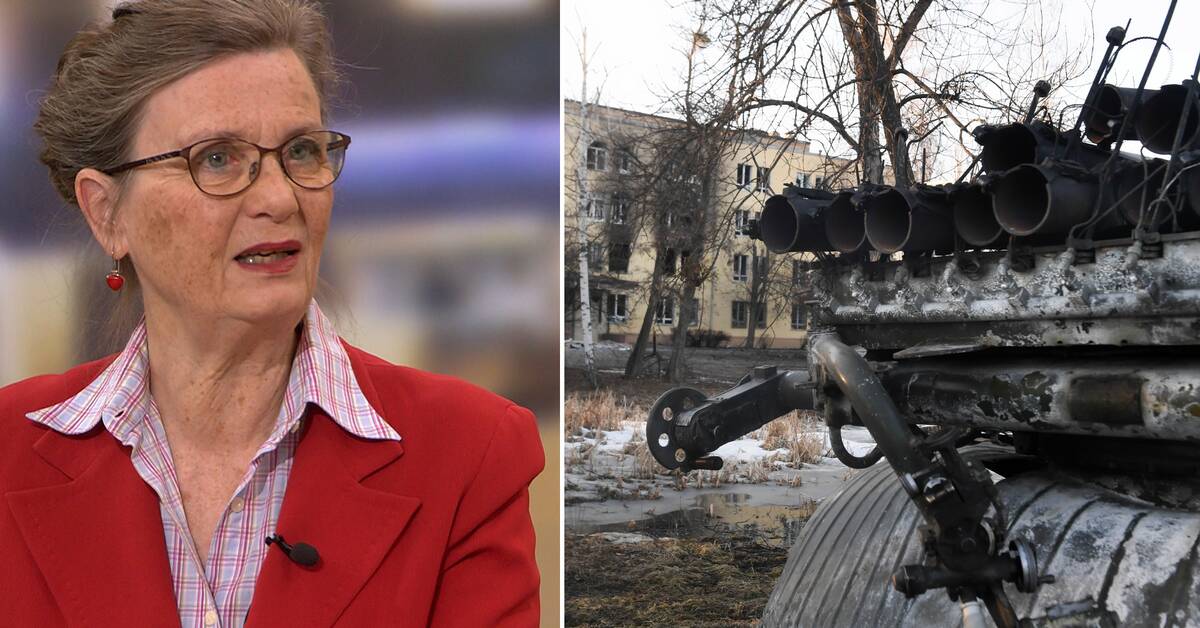The information about the Russian losses comes from a high-ranking official in the NATO military alliance, who says that the estimate is based on intelligence from Ukraine and Russia, as well as information collected through open sources.
Katarina Engberg, senior adviser at SIEPS, says that the losses in Ukraine are beginning to be felt for Russia.
She draws parallels to the Soviet Union's war in Afghanistan.
- These are comparatively very large losses.
The Soviet war in Afghanistan lasted for ten years between 1979-89. By then, the Soviet Union had fallen 15,000 and this created problems in Soviet society.
They became organizations of soldiers' mothers, she says in SVT's Morgonstudion.
Economic consequences
Even now, Russia has begun to pay the consequences.
- Putin has had to pay money to the families of the dead and injured.
Then he can not hide the losses for the Russian people for that long, says Katrina Engberg.
On the Ukrainian side, there are no exact figures on losses.
Therefore, it is difficult to estimate the effects on both sides, she says.
Jörgen Elving, former lieutenant colonel, thinks that NATO's tasks should be taken with a pinch of salt.
- The loss data vary anywhere from 498 to 15,800 Russian soldiers, he says in Morgonstudion.
A month of war
Exactly one month ago, on February 24, Russia invaded Ukraine.
- Russia's original plan for rapid political collapse in Ukraine and Kyiv did not work as intended, states Katarina Engberg.
She points out, among other things, that Russia has had problems with forces, logistics, fuel, ammunition and food for the military.
- Russia can continue this war of attrition - they have the capacity to do so.
At the same time, the Ukrainian will to resist will not be broken so quickly.
Then the war can continue for a while longer.

